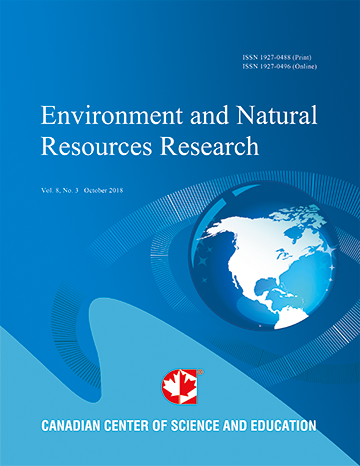Characterization and Remediation of Karst Collapse Columns for Mining Safety and Environmental Protection: A Case Study in Renlou Coal Mine, China
- Shuning Dong
- Hao Wang
- Wanfang Zhou
Abstract
Karst collapse columns are unique collapse structures in karst terranes. Coal mining in China has exposed numerous such features of tens of meters in diameter and hundreds of meters in height. Hydraulically conductive collapses functioned as groundwater pathways between underground workings and aquifers, resulting in water inrushes during coal mining. Over the last 60 years, water inrushes through these collapses have caused fatalities, economic losses, and degradation in the environment. Determination of locations and hydrogeological characteristics of the karst collapse columns are essential in preventing water inrush incidents through them. Advanced geophysical prospecting, directional drilling, aquifer testing and accompanied dye tracing are effective approaches to detecting and characterizing these structures. Five geophysical techniques consisting of both surface and underground geophysical surveys and directional drilling of three exploratory boreholes up to 986 m deep identified a concealed collapse feature of more than 135 m high in Renlou Coal Mine, China. The roof of the collapse feature was at approximately 785 m deep, and there was an open void of 1.5 - 2 m high at the top. Geotechnical properties, results from packer testing and tracer testing, monitoring of potentiometric pressures, and geochemical fingerprinting suggested that this collapse column was hydraulically conductive and still actively developing. Water in the confined thin-bedded limestone and Ordovician limestone aquifer that either overlies or underlie coal seams could flow into the underground working areas if this feature were not identified in advance but encountered during mining. A grouting program was designed and implemented to construct a water plug in the collapse that effectively cut off the hydraulic connections from the aquifers to the underground workings. Successful construction of the water plug in the collapse was confirmed by performance monitoring of the aquifers.
- Full Text:
 PDF
PDF
- DOI:10.5539/enrr.v8n2p128
Journal Metrics
Google-based Impact Factor (2016): 6.22
h-index (November 2017): 12
i10-index (November 2017): 19
h5-index (November 2017): 11
h5-median (November 2017): 12
Index
Contact
- Emily LinEditorial Assistant
- enrr@ccsenet.org
